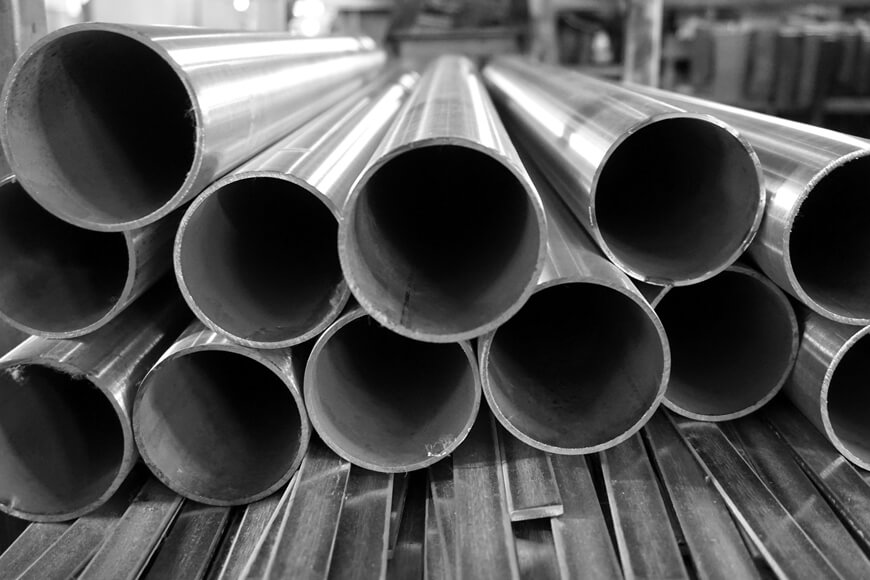Does 304 stainless steel pipe need passivation? The answer is, yes. As we all know, 304 stainless steel pipe has excellent corrosion resistance and is not easy to rust due to the addition of chromium, nickel and other metal elements, and the relatively high composition, which is easy to oxidize into a high-density passivation film. However, in some environments, such as coastal areas or wet warehouses, chloride ions can easily penetrate and attack the passive film of stainless steel. Stainless steel will gradually corrode and rust over time. Passivation treatment can improve stainless steel. Corrosion resistance of the tube.
Passivation is a kind of passivation film. Due to the action of metal and oxide, the passivation film produced on the metal surface is very thin, dense, good coverage and firm adsorption. Usually metal oxides, usually compounds of metal oxides. It completely separates the metal from the corrosive medium, prevents the metal from contacting with the corrosive medium, basically stops the metal from dissolving, forms a passive state, and achieves the anti-corrosion effect.

After passivation treatment, the thickness of the 304 stainless steel tube will not be increased, the color will be changed, the product accuracy and added value will be improved, and the operation will be more convenient. There is no reaction in the passivation process, the passivation agent can be reused, the service life is long, and the cost is more economical. Passivation Promote the oxygen molecular structure passivation film on the metal surface, the film layer is dense, the performance is stable, and it is repaired in the air at the same time. Compared with the anti-rust oil method, the passivation film is more stable and corrosion-resistant.
However, it should be noted that if there is surface dirt on the 304 stainless steel pipe before passivation, it should be cleaned mechanically, and then degreasing and degreasing. If the passivation solution cannot remove the oil, the oil on the surface will affect the quality of the passivation. Therefore, degreasing and degreasing cannot be omitted. Degreasing and degreasing can be used for lyes, emulsifiers, organic solvents and steam. For passivation solution, HNO3 should be controlled between 20% and 50%. According to electrochemical tests, the passivation film with HNO3 concentration less than 20% is unstable in quality and prone to pitting corrosion, but the HNO3 concentration should not be greater than 50% to prevent excessive passivation. If there are spots or stains on the surface of the 304 stainless steel pipe after pickling and passivation, it can be scrubbed with fresh passivation solution or high-concentration nitric acid. The final passivated stainless steel pipe should be protected, and it can be covered or wrapped with polyethylene film to avoid contact between dissimilar metals and non-metals.
Stainless steel pipes do not rust, so do 304 stainless steel pipes need passivation? Stainless steel pipes need passivation, and a passivation film is made on the basis of the original rust prevention. Passivated stainless steel can add 3 to 8 years to the original rust prevention, which greatly reduces the probability of rusting.